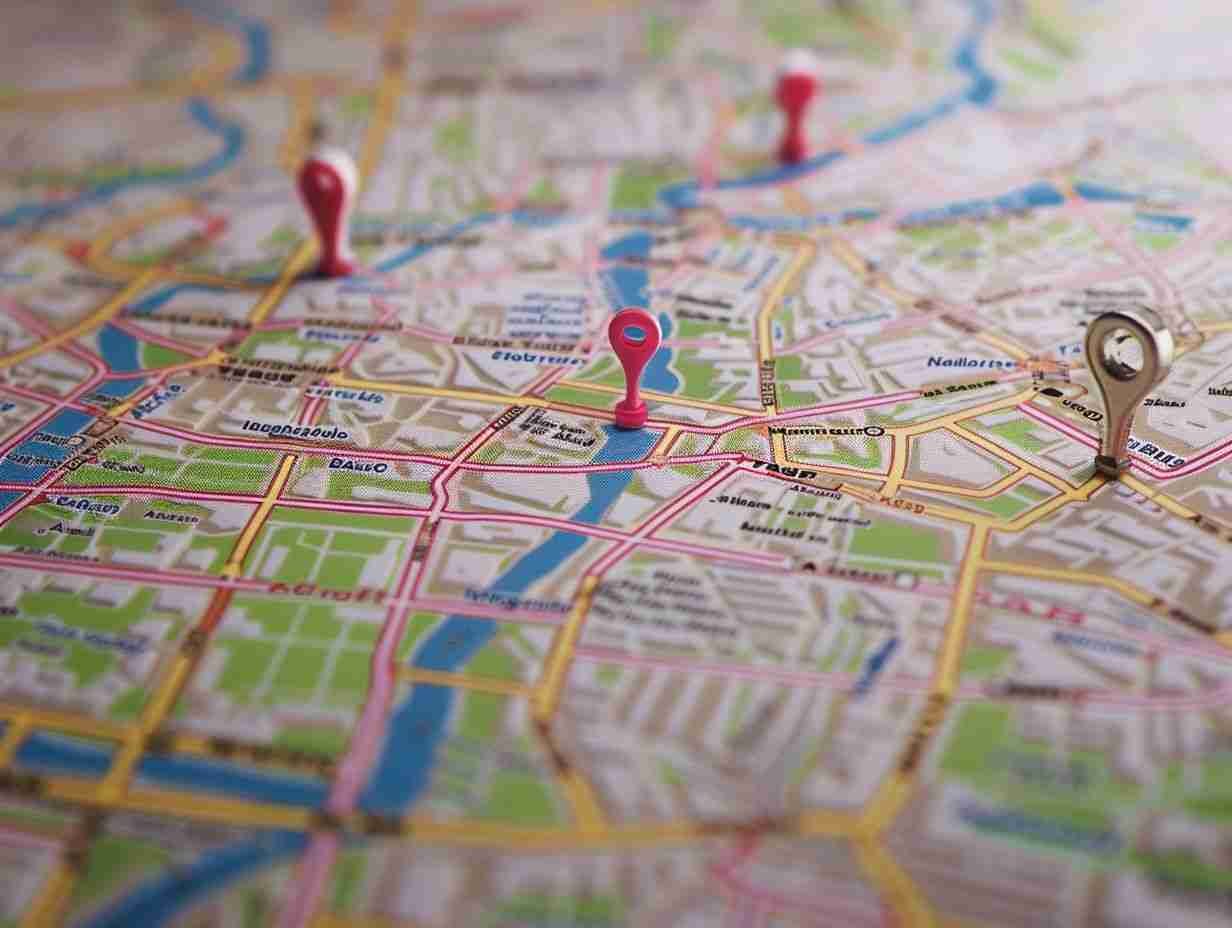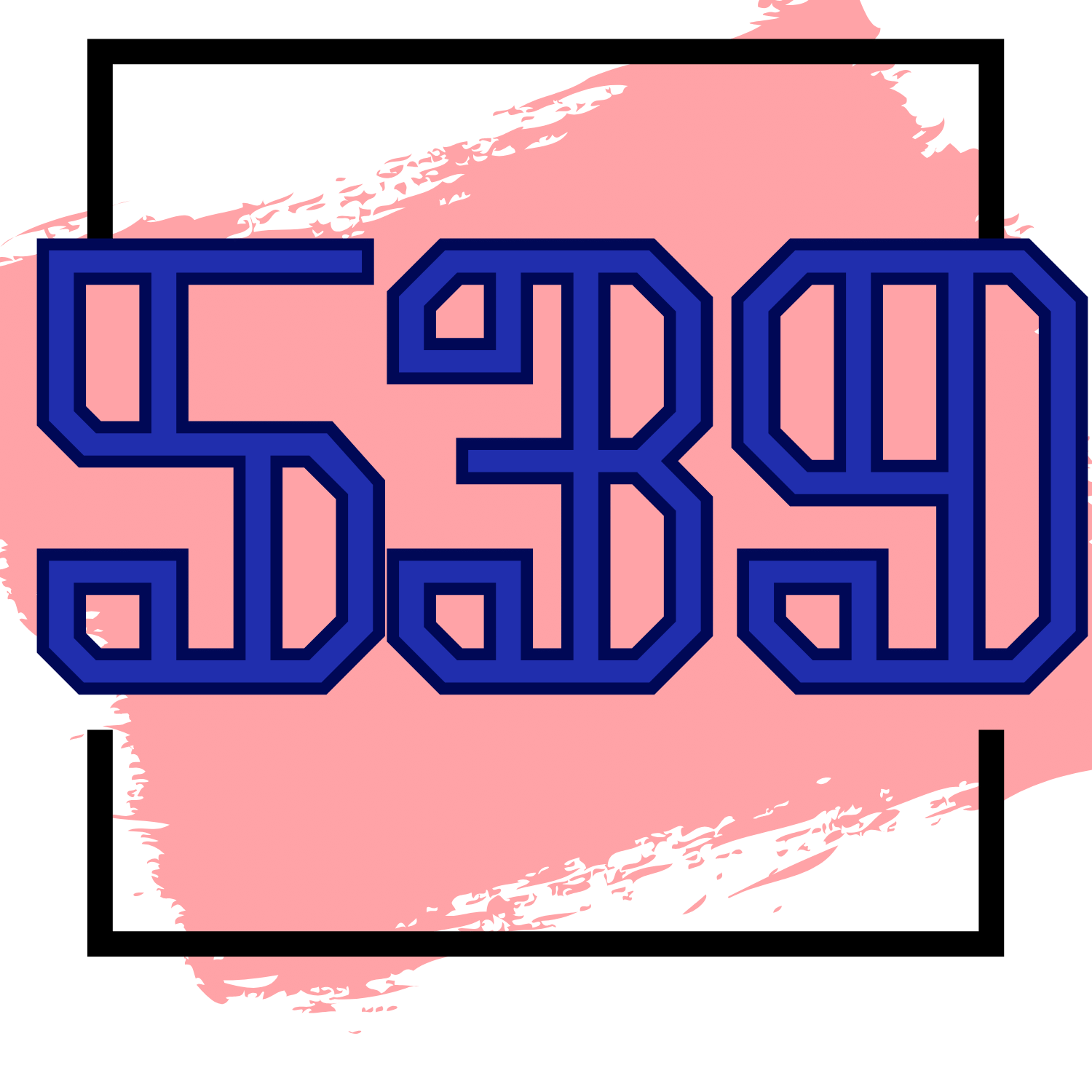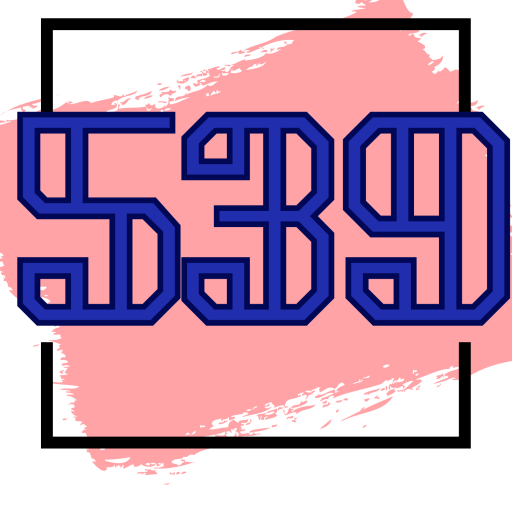Have you ever wondered about the meaning behind area codes and their importance in today’s telecommunications system?
We explore the history and development of area codes, and discuss their purpose in connecting people across different geographical locations.
Specifically, we take a closer look at the 539 area code, its location and coverage, as well as how to identify a number with this code.
We address some common questions and provide answers regarding the 539 area code.
Join us on this journey to unravel the mysteries of area codes!
What is 539 Area Code and Its Understanding

Area codes are numerical prefixes utilized in telephone numbers to designate particular geographic regions for local calls, thereby aiding in the organization and optimization of the telephone network. Each area code is associated with a unique region, facilitating the effective routing of phone numbers to their intended destinations.
What are Area Codes?
Area codes are essential components of telephone numbers that serve to identify the origin of a call and facilitate its routing to the appropriate destination. They form an integral part of the telecommunications infrastructure, ensuring the effective and accurate direction of calls.
The role of area codes extends beyond mere identification; they also play a critical function in efficiently managing high call volumes. By assigning distinct area codes to various regions, the telephone system can expedite and precisely direct calls, thereby reducing congestion and promoting the smooth flow of communication. Additionally, area codes can indicate geographic locations, aiding individuals in ascertaining the source of a call before answering. Recognizing the importance of area codes can optimize communication experiences and streamline the process of connecting individuals across diverse locations.
The History of Area Codes
The origin of area codes can be traced back to the mid-20th century, during a period of rapid expansion in the telephone system that demanded a more streamlined approach to call routing and administration. The progress and refinement of area codes have been pivotal in influencing contemporary telecommunications.
Development and Evolution
The advancement and progression of area codes have played a pivotal role in the development of the telephone system, from its inception to the sophisticated network that exists today. Initially, area codes were implemented to effectively manage the increasing number of telephone users and to facilitate long-distance calling.
With technological advancements, milestones such as the introduction of direct dialing in the 1950s revolutionized the process of making calls, diminishing the need for operator assistance. This transformation signified a transition towards a more automated communication system. The shift from rotary dial phones to touch-tone phones in the 1960s further refined the dialing procedure, enhancing its speed and efficiency. The emergence of mobile phones in the latter part of the 20th century underscored the increasing significance of area codes in the realm of mobile communication. The continual evolution and adjustments within the telecommunications sector have ensured that area codes retain their relevance and importance in contemporary times.
The Purpose of Area Codes

Area codes serve as a fundamental tool in the organization and administration of phone numbers to facilitate efficient call routing and telecommunications management. By distinguishing between various geographic regions, they play a crucial role in accurately directing calls and upholding structure within the phone network.
Why are Area Codes Used?
Area codes serve the purpose of delineating the country into distinct geographic regions, with each region being designated a unique numerical prefix to facilitate the efficient routing of calls. This systematic arrangement guarantees that calls are precisely directed to their intended destinations, irrespective of the geographical separation.
Through the allocation of specific area codes to various regions, telecommunication entities are better equipped to manage call traffic with efficacy. The geographical segmentation plays a pivotal role in the organization and monitoring of call origins and destinations, thereby simplifying the process of observing communication patterns and call volumes.
The adept routing of calls using area codes also contributes to mitigating congestion and ensuring seamless connectivity between callers, thereby augmenting the overall user experience. This methodical approach not only optimizes communication practices but also give the power tos service providers to deliver tailored services and solutions that align with regional preferences and necessities.
539 Area Code
The 539 area code functions as an overlay for the preexisting 918 area code in Tulsa, Oklahoma. Its implementation was initiated to address the escalating need for phone numbers and streamline local calling within the area. This area code is an integral component of the telecommunication framework that sustains the Tulsa metropolitan region.
Location and Coverage
The 539 area code predominantly covers the Tulsa metropolitan area in Oklahoma, encompassing neighboring cities such as Broken Arrow, Tahlequah, Jenks, Muskogee, and McAlester. This geographical region, commonly referred to as Green Country, is situated in the Central Time Zone and is distinguished by its lively urban environment and diverse range of activities.
Positioned strategically in the heart of the United States, the 539 area code plays a crucial role in delivering essential communication services to a significant portion of Oklahoma. This region serves as a focal point for various industries, notably in the energy, aerospace, finance, and technology sectors.
Beyond its urban centers, the area showcases scenic landscapes, undulating hills, and abundant outdoor recreational opportunities. The presence of esteemed educational institutions and cultural landmarks enhances the region’s dynamic allure, positioning it as a highly desirable destination for both residents and visitors.
How to Identify a 539 Number

To identify a phone number with the area code 539, one should observe the initial three digits ‘539’ at the commencement of the number. This particular prefix signifies that the number falls under the jurisdiction of the 539 area code, which pertains to the geographical area of Tulsa, Oklahoma.
Subsequently, upon discerning the 539 prefix, one can confidently establish the association of the phone number with that specific geographic locale. Acquiring knowledge about area codes plays a significant role in ascertaining the provenance of a phone number, aiding in determining the approximate location of the caller or recipient.
It is pertinent to emphasize that area codes such as 539 are designated for specific regions, ensuring that each phone number possesses a distinct identifier within the telecommunication system.
Common Questions About 539 Area Code
Frequently asked questions regarding the 539 area code typically center on its intended use, geographical coverage, and its impact on local calling within Tulsa, Oklahoma. The purpose of these FAQs is to offer precise information on the utilization of the 539 area code and to resolve any inquiries concerning phone number allocation and the telecommunications infrastructure.
FAQs and Answers
Frequently asked questions regarding the 539 area code pertain to inquiries such as ‘What geographic regions does the 539 area code encompass?‘, ‘How does the 539 area code impact local telephone calls?‘, and ‘What actions should be taken if a call is received from a number bearing the 539 area code?‘
The 539 area code predominantly covers areas situated in northeastern Oklahoma, including municipalities such as Tulsa, Broken Arrow, and Bartlesville. Concerning local calls, the presence of the 539 area code indicates that individuals making calls within the same area code will not be subject to long-distance calling charges.
In case of receiving a call from a number displaying the 539 area code and harboring uncertainties regarding its authenticity or source, it is recommended to proceed with caution. It is advisable to consult reputable online sources or contact one’s service provider to validate the caller’s identity before engaging with the call.
Frequently Asked Questions
What is 539 area code?

The 539 area code is a telephone area code in the United States, serving the state of Oklahoma.
Where is the 539 area code located?
The 539 area code is located in the northeastern corner of Oklahoma, encompassing cities such as Tulsa, Broken Arrow, and Owasso.
When was the 539 area code created?
The 539 area code was created in 2011 as an overlay code for the existing 918 area code in Oklahoma.
Why was the 539 area code created?
The 539 area code was created due to a shortage of available phone numbers in the 918 area code, as the population and demand for telephone services increased in Oklahoma.
Do I need to change my phone number if I have the 539 area code?
If you already have a phone number with the 539 area code, you do not need to change it. However, if you are adding a new line or getting a new phone number, you may be assigned the 539 area code.
How do I dial a phone number with the 539 area code?
To dial a phone number with the 539 area code, simply enter the full 10-digit number (including area code) on your phone’s keypad. No additional digits or codes are needed.

